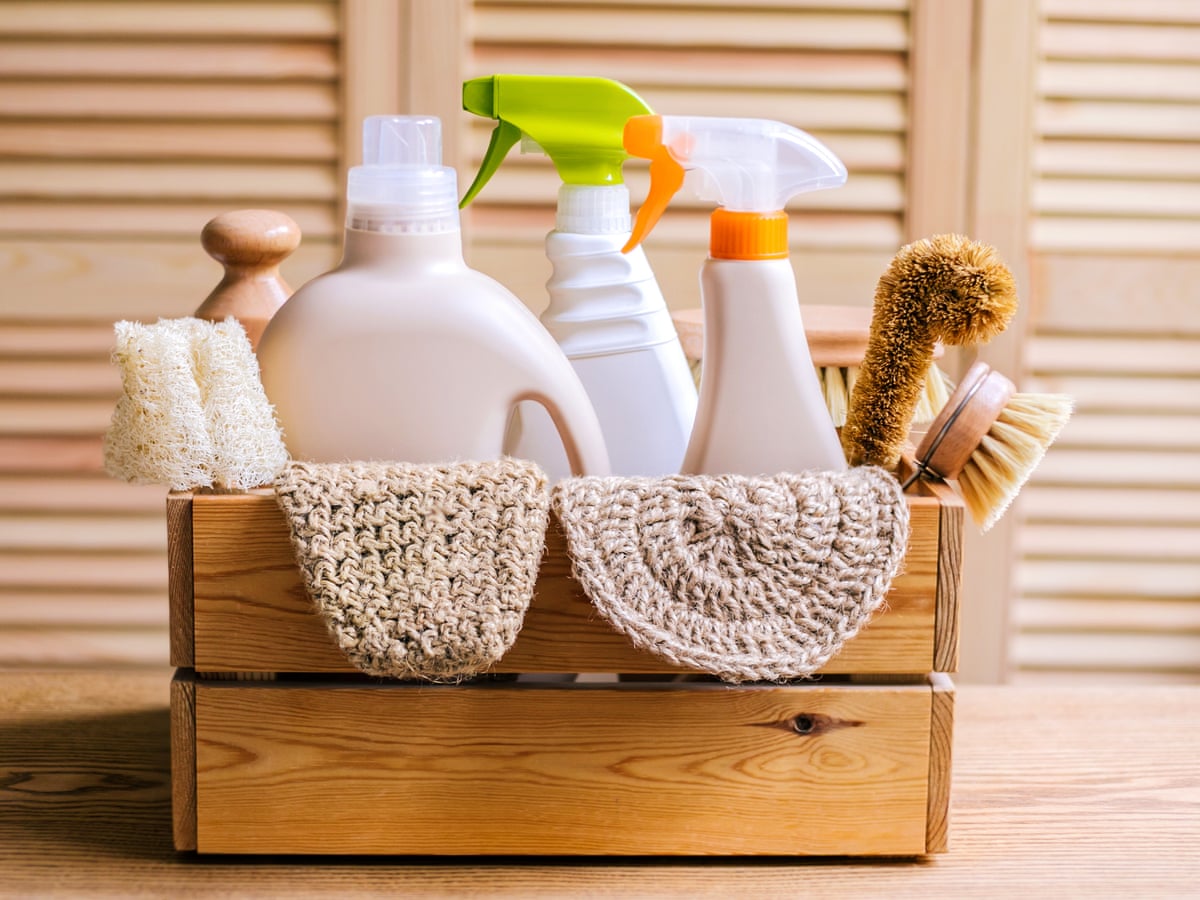Just how to Keep Your Home Clean: Everyday Cleaning Tips for Defrosted and Cleaned Every Few Months
Just how to Keep Your Home Clean: Everyday Cleaning Tips for Defrosted and Cleaned Every Few Months
Blog Article
Comprehending the Demand for Thoroughly Disinfecting and Disinfecting Regularly Touched Surface Areas in High-Traffic Locations
In the realm of public health and safety, the meticulous disinfection and sanitization of often touched surface areas in high-traffic locations stand as extremely important actions in protecting against the spread of unsafe virus. By exploring the various facets of surface disinfection, from the risks connected with overlooking cleansing protocols to the reliable techniques that can be employed, a clearer understanding arises of the vital role these methods play in protecting public health and wellness.
Importance of Surface Sanitation
Emphasizing the comprehensive disinfection of high-traffic surfaces is important in keeping a hygienic setting and stopping the spread of hazardous virus. High-touch surface areas such as door handles, light switches, lift switches, and kitchen counters act as reproducing premises for microorganisms and viruses. Routine disinfection of these surface areas is essential to lower the danger of contamination and transmission of diseases.
By applying a robust disinfection protocol, organizations and companies can create a much safer setting for visitors, workers, and customers. Appropriate surface area disinfection not only alleviates the spread of transmittable diseases however likewise imparts confidence in the tidiness and safety of the properties. This positive strategy shows a commitment to health and health, which is specifically crucial in high-traffic locations where the probability of exposure to pathogens is enhanced.
Moreover, surface area disinfection plays an important function in overall infection control strategies. Incorporated with hand hygiene practices, putting on masks, and keeping physical distancing, thorough disinfection of high-touch surface areas forms a comprehensive protection versus the transmission of dangerous bacteria. Prioritizing surface sanitation is an important part of a holistic approach to health and wellness in shared areas.
Risks of Neglecting Cleaning Practices
Disregarding extensive disinfection of high-traffic surface areas significantly enhances the threat of viral and bacterial contamination, posing a severe hazard to the wellness and security of individuals often visiting these rooms. Failing to apply appropriate cleansing practices can lead to the build-up and spread of harmful virus, consisting of infections and microorganisms, on often touched surfaces such as doorknobs, hand rails, elevator buttons, and kitchen counters.

Additionally, disregarding the relevance of thorough cleaning not only jeopardizes the well-being of individuals but likewise undermines efforts to maintain a hygienic and clean setting. It is critical to recognize the importance of appropriate sanitation procedures in avoiding the spread of infections and securing public health and wellness.
Reliable Disinfection Methods
To keep ideal cleanliness and reduce the danger of contamination on high-traffic surfaces, utilizing efficient disinfection approaches is essential. Among the most typical and efficient sanitation approaches is utilizing chemical disinfectants. These products can differ in strength and make-up, with some targeting details microorganisms like germs or viruses. It is critical to comply with the producer's guidelines for proper dilution, contact time, and ventilation when utilizing chemical disinfectants to guarantee their efficiency - defrosted and cleaned every few straight from the source months.
An additional reliable method is using UV-C light. UV-C light has actually been revealed to be reliable in killing a wide array of microorganisms by disrupting their DNA structure, this content hence preventing them from replicating. It is essential to utilize UV-C light effectively, guaranteeing that the proper strength and direct exposure time are applied to achieve the preferred disinfection results.
Additionally, employing heavy steam cleaning as a sanitation method can be highly effective, specifically on surface areas that are heat-resistant. Vapor can penetrate porous surfaces and kill microorganisms, infections, and other microorganisms successfully. When utilizing heavy steam cleaning, it is very important to guarantee that the surface reaches the needed temperature for an enough amount of time to guarantee correct disinfection.
Effect on Public Wellness
The upkeep of high standards of sanitation and sanitation on high-traffic surface areas plays an important duty in safeguarding public health. Regularly touched surfaces in locations with high footfall, such as doorknobs, handrails, lift buttons, and bathroom facilities, act as breeding premises for harmful virus. Failing to effectively disinfect these surfaces can lead to the fast spread of infectious diseases within communities. By implementing complete sanitation procedures, the danger of transmission of viruses, germs, and other germs can be dramatically minimized.
Efficient cleanliness practices not only secure individuals from dropping ill however also add to the overall health of culture. Public wellness authorities highlight the value of keeping clean settings to stop episodes and consist of the spread of diseases. In high-traffic locations like airport terminals, colleges, hospitals, and public transport systems, the effect of rigorous sanitation actions can not be underrated. Focusing on the sanitization of regularly touched surfaces is an aggressive strategy to advertising public wellness and improving the safety and security of individuals in shared areas.
Carrying Out Routine Cleaning Protocols
Quickly instituting and sticking to a constant schedule of cleansing methods is critical for maintaining the tidiness and safety of high-traffic surfaces. Routine cleansing protocols are essential in stopping the buildup of bacteria and virus on often touched surface areas, especially in areas with high foot traffic. By applying an organized strategy to cleaning, companies can successfully decrease the threat of condition transmission and develop a click site much healthier setting for employees, clients, and the public.
To develop an efficient cleansing routine, it is essential to identify high-traffic locations that require regular focus. These locations might consist of doorknobs, handrails, lift switches, bathroom facilities, and shared tools. Carrying out a regular cleaning regimen that targets these surface areas multiple times a day can substantially minimize the spread of dangerous germs and infections.
Moreover, utilizing suitable cleaning representatives and anti-bacterials is vital to making sure that surface areas are extensively disinfected. Routine training of cleaning staff on correct cleaning techniques and the value of adherence to the cleansing routine is also vital in keeping a hygienic setting. By focusing on consistent cleaning procedures, companies can advertise the health and wellness of individuals who communicate with these high-traffic surfaces.

Conclusion
Finally, it is crucial to prioritize detailed sanitation and sanitization of frequently touched surface areas in high-traffic areas to stop the spread of unsafe microorganisms and preserve public health. Neglecting proper cleaning practices can enhance the threat of contamination and transmission of diseases. By implementing regular cleansing methods and utilizing effective disinfection techniques, we can produce a more secure setting for everyone (Everyday cleaning). It is imperative to identify the importance of preserving tidy surface areas in high-traffic areas to guarantee the well-being of the area.
In the realm of public health and wellness and safety and security, the careful sanitation and sanitization of regularly touched surfaces in high-traffic areas stand as extremely important steps in stopping the spread of harmful pathogens. By discovering the numerous elements of surface sanitation, from the dangers connected with overlooking cleaning protocols to the effective methods that can be employed, a clearer understanding arises of the essential duty these methods play in protecting public health and wellness.In addition, employing steam cleaning as a disinfection technique can be highly reliable, particularly on surface areas that are heat-resistant. When using vapor cleaning, it is vital to guarantee that the surface gets to the required temperature for an adequate quantity of time to guarantee appropriate disinfection.
In conclusion, it is important to focus on detailed sanitation and sanitization of regularly touched surfaces in high-traffic locations to avoid the spread of dangerous microorganisms and preserve public wellness.
Report this page